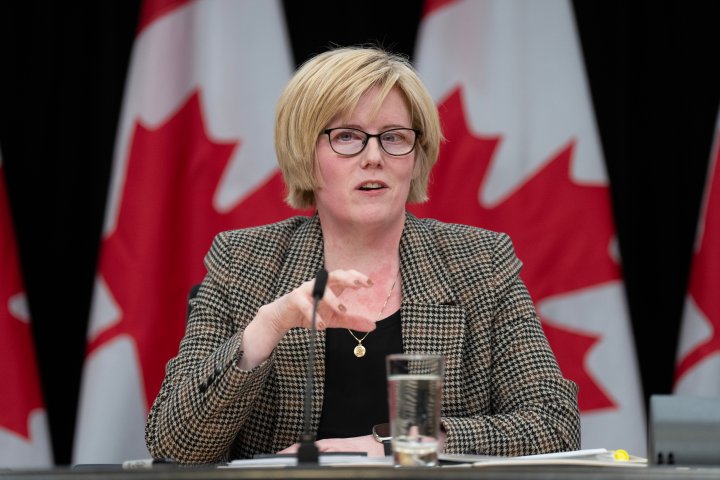
Canada’s Safe Sport Commission Announced, However Ottawa Falls Short of Launching Inquiry
In recent years, the issue of athlete safety and well-being has gained significant attention worldwide. In response to growing concerns, Canada has taken a step forward by announcing the establishment of the Safe Sport Commission. While this move is commendable, many critics argue that the government has fallen short by not launching a full-fledged inquiry into the matter.
The Safe Sport Commission, announced by the Canadian government, aims to address the prevalent issue of abuse and harassment within the country’s sports community. The commission will be responsible for developing policies, guidelines, and educational programs to ensure the safety and well-being of athletes across various sports disciplines.
The need for such a commission became evident after numerous allegations of abuse and misconduct surfaced within Canadian sports organizations. Athletes from different sports, including gymnastics, swimming, and hockey, came forward with stories of emotional, physical, and sexual abuse they endured during their careers. These revelations shed light on a dark side of the sports industry that had long been ignored.
The establishment of the Safe Sport Commission is seen as a positive step towards creating a safer environment for athletes. The commission will work closely with national sports organizations, athletes, coaches, and other stakeholders to develop comprehensive policies that prioritize athlete safety. It will also provide support and resources for those who have experienced abuse or harassment.
However, critics argue that the government’s decision to stop short of launching a full inquiry is a missed opportunity to thoroughly investigate the extent of abuse within Canadian sports. An inquiry would have allowed for a more in-depth examination of systemic issues and could have identified the root causes of abuse. It would have also provided a platform for survivors to share their experiences and seek justice.
Launching an inquiry would have sent a strong message that Canada is committed to addressing the issue head-on and ensuring accountability for those responsible. It would have demonstrated a willingness to learn from past mistakes and implement necessary changes to prevent future instances of abuse.
Some argue that without a comprehensive inquiry, the Safe Sport Commission may lack the authority and resources needed to effectively tackle the issue. Critics fear that the commission’s efforts may be limited to surface-level changes, without addressing the underlying systemic issues that enable abuse to persist.
Nevertheless, the establishment of the Safe Sport Commission is a step in the right direction. It acknowledges the urgent need for change and demonstrates a commitment to protecting athletes. The commission’s work, in collaboration with sports organizations and athletes themselves, has the potential to bring about significant improvements in athlete safety and well-being.
Moving forward, it is crucial for the government to remain vigilant and responsive to the evolving needs of athletes. Regular evaluations of the commission’s progress should be conducted, and adjustments made as necessary. Additionally, ongoing support for survivors and efforts to raise awareness about safe sport practices are essential in creating a culture that prioritizes athlete well-being.
In conclusion, while the announcement of Canada’s Safe Sport Commission is a positive development, critics argue that the government has fallen short by not launching a full inquiry into abuse within the sports community. The commission’s establishment is a step towards creating a safer environment for athletes, but a comprehensive inquiry would have provided a more thorough understanding of the issue and allowed for greater accountability. Nonetheless, with the right resources and commitment, the Safe Sport Commission has the potential to make a significant impact on athlete safety in Canada.

